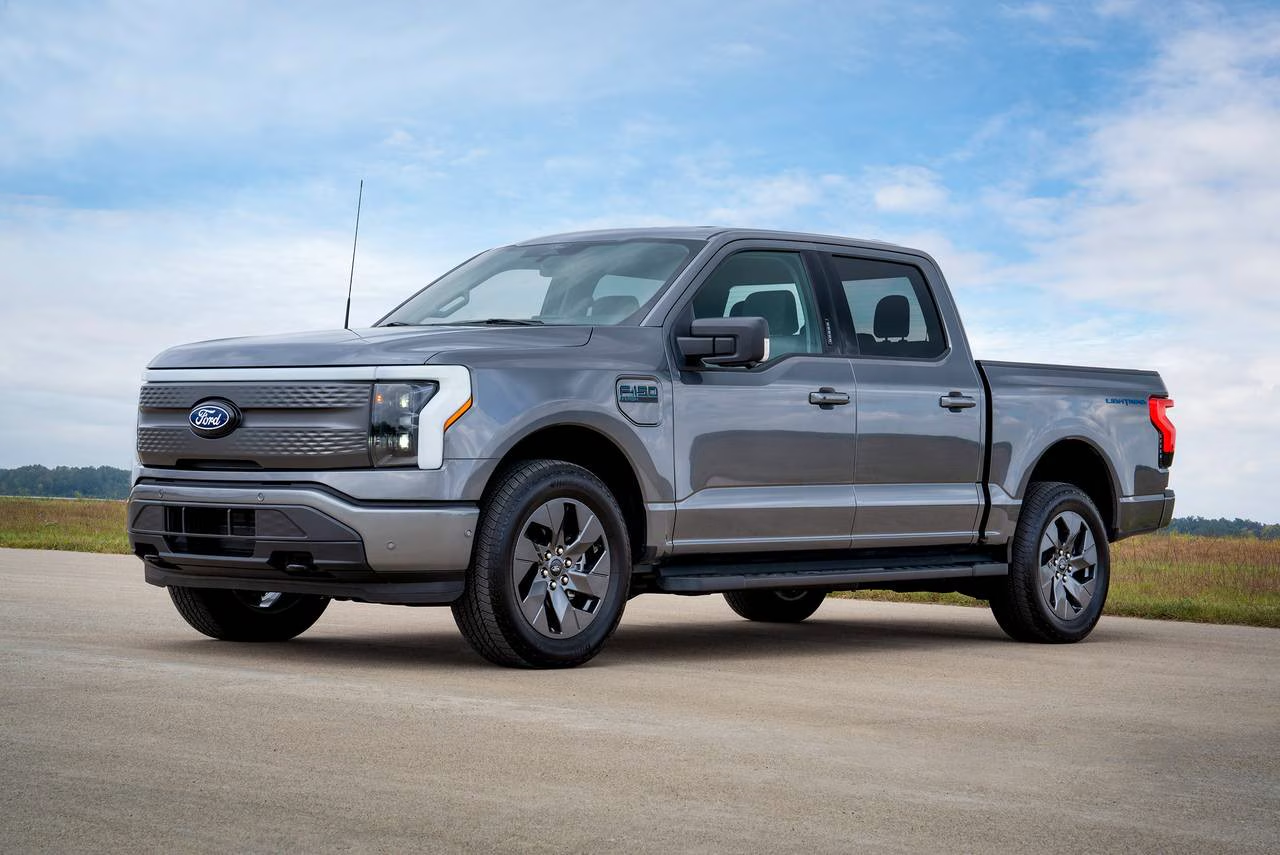Automakers Pause EV Production. Still, EVs will survive
The EV slowdown is only bound to get more complicated, and stuck in the middle are those working in the plants. What does it mean for the consumer and employee when automakers pause EV production?
On Oct. 29, General Motors said it will lay off roughly 1,700 workers across plants in Michigan and Ohio and idle portions of its EV/battery operations as it pares back output to match softer demand and a changed policy landscape.

GM isn’t alone. Stellantis paused production of the electric Fiat 500 in Italy due to weak demand, a stark signal for one of Europe’s best-known city EVs. Volkswagen likewise announced temporary pauses at two German plants as electric-vehicle sales cooled.

“Drive Past Myths: Get the Real Deal on Car Buying!”
🚘 Uncover 13 Car Buying Misconceptions with Our FREE Newsletter!
Plus you will get our quick tips, expert advice, and myth-busting insights delivered straight to your inbox.
Subscribe now and make informed decisions without the detours.
“Experts Hate This! Learn the Car Buying Secrets They Don’t Want You to Know. Free Subscription!”
Changes such as these prove that it isn’t only the US where automakers pause EV production. This is a global recalibration as automakers have to rethink their strategies, after changing policies basically ditched the EV. Hybrids and cheaper models have taken the top spot, for the moment, but we wouldn’t be surprised if regular ICE-powered vehicles are the most popular in a couple of years.
When automakers pause EV production, there’s a need to fill a void, but why is this happening?
Why Do Automakers Pause EV Production Now?
Two forces dominate: economics and policy.
- Economics: Inventory data show a divergence—hybrids are turning fast while BEV stock has grown. Analysts expect U.S. auto demand to moderate into year-end amid affordability pressure, with BEV volumes softer than planned. That’s pushing companies to trim EV output rather than flood lots with discounted units.
- Policy: The abrupt end of the federal $7,500 U.S. tax credit has been a “game-changer,” executives say, removing a key demand lever just as mainstream shoppers were kicking the tires. Plus, leadership changes in critical entities such as the EPA also invoke massive change, as we discussed here.
At the same time, hybrids are having a moment. Multiple datasets show U.S. HEV sales surging while BEV share wobbles, and automakers publicly tout hybrids as a “bridge” for cost- and charging-conscious buyers. Expect more hybrid trims on core models as companies hedge.
Isn’t EV demand still growing?
Globally, yes—headline volumes continue to rise, driven by China and a late U.S. rush before credits expired. But growth is uneven and no longer matching the capacity many automakers tooled up for in North America and Europe.
That mismatch is why you’re seeing pauses and shift cuts rather than wholesale cancellations.
At the same time, China isn’t the perfect industry for EVs. The country has over 100 car brands that could soon cannibalize itself. That’s a case worth analyzing.
What this means for shoppers
1) Fewer all-new EV launches in the near term; more refreshes and trims. Expect spacing between launches to widen as automakers protect margins and concentrate on models with clearer demand signals (think midsize crossovers and fleet-friendly EVs). Some programs will slip a model year.
2) Hybrids everywhere. From Toyota to Ford to Honda, hybrids are the default “Plan B”—lower MSRP, familiar ownership experience, and big MPG gains without infrastructure anxiety. If you want efficiency without range planning, your choices will expand. Reuters
3) Deals? Don’t count on fire-sale EVs. Automakers are cutting production rather than piling up inventory. Incentives will remain targeted (e.g., lease support on slower movers), but broad-based discounting is less likely if output is throttled to demand.
4) Charging build-out still matters. Slower EV take-up buys time to right-size infrastructure—and puts pressure on policymakers and networks to improve uptime and coverage. A steadier build could ultimately help the next wave of EV buyers.
Ultimately, EVs will continue to exist, but they are becoming what they were meant to be in the first place: dedicated vehicles for dedicated buyers. Once we manage to establish this, they will be successful.
